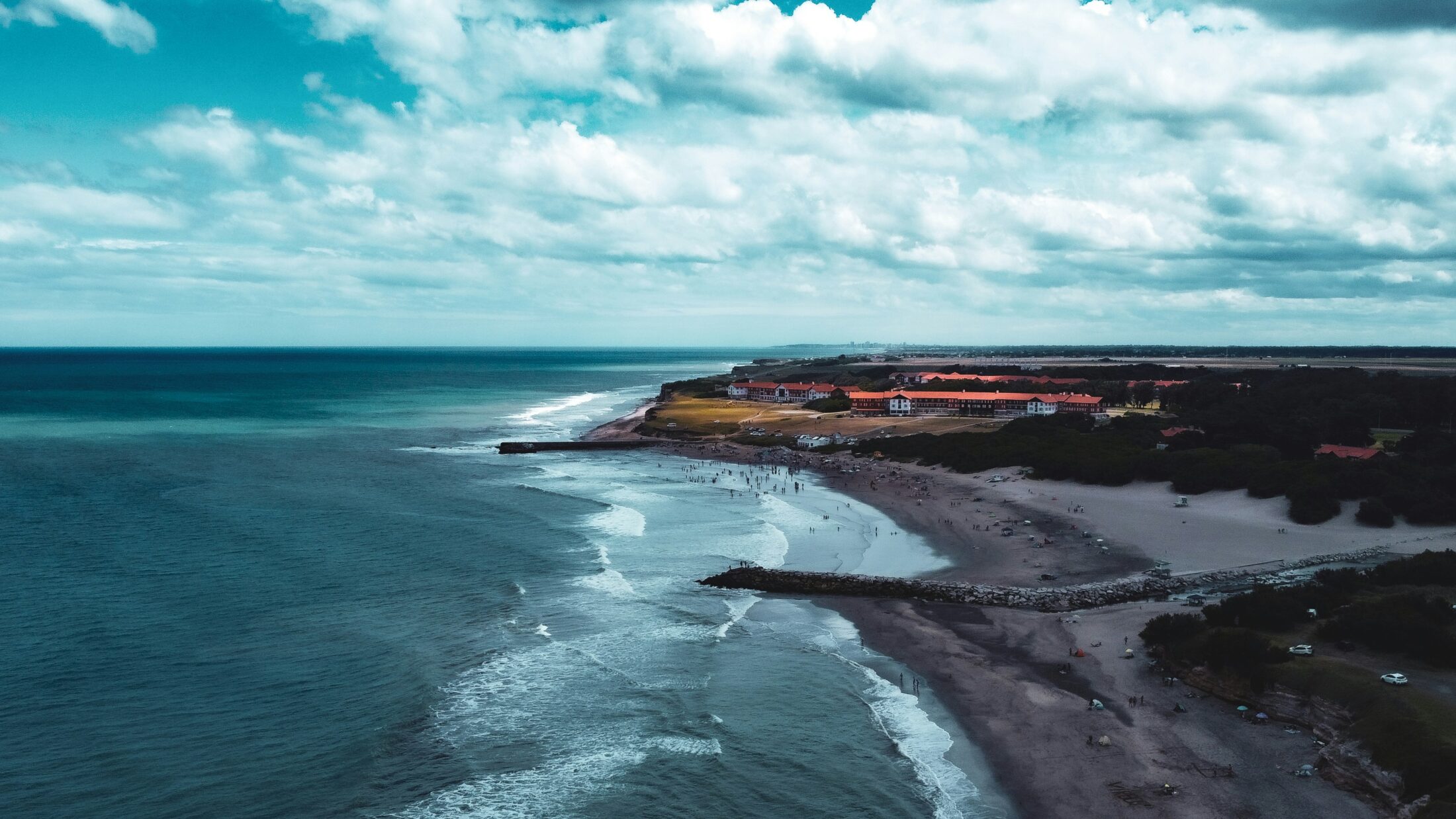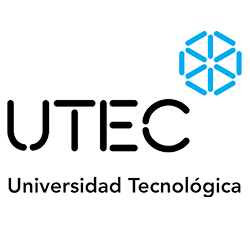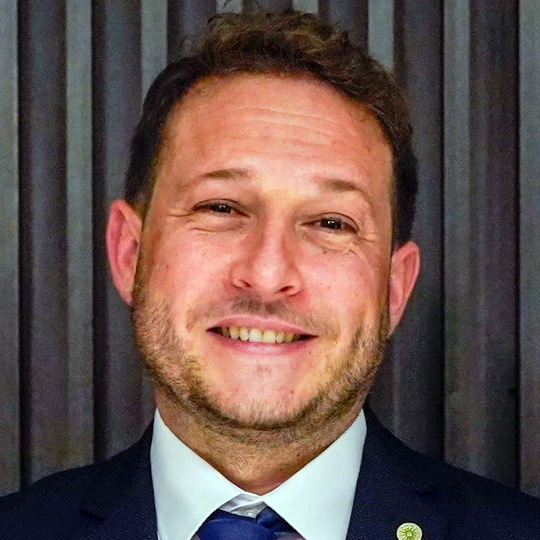Assessment of treatment alternatives for Chapadmalal: economic viability and technical feasibility scenarios (Argentina)

This study evaluated the technical and economic feasibility of sewage effluent treatment alternatives in Chapadmalal, Argentina, to identify a sustainable solution that improves water quality and meets environmental regulations. Using the WAWTTAR (Water and Wastewater Treatment Technologies Appropriate for Reuse) software, four treatment scenarios were modeled: (1) Pretreatment + Submarine Outfall, (2) Pretreatment + Primary Treatment + Submarine Outfall, (3) Pretreatment + Primary + Secondary Treatment + Submarine Outfall, and (4) Pretreatment + Primary + Secondary + Tertiary Treatment (reverse osmosis) for reuse.
Scenario 3 emerged as the most balanced option, achieving a BOD effluent concentration of 14.3 mg/L at a total cost of USD 19.55 million. Scenario 4 delivered the highest treatment efficiency (BOD of 1.4 mg/L) but was economically unviable due to its high cost of USD 82.01 million. Scenario 1, the most economical at USD 1.79 million, showed poor performance (BOD of 219.5 mg/L), making it environmentally inadequate.
Scenario 3 ensures compliance with effluent standards while optimizing capital and operational costs, making it the most appropriate choice for Chapadmalal. Its implementation would enhance water quality, protect marine ecosystems, and support sustainable regional development. This aligns with the United Nations Sustainable Development Goals, particularly SDG 6: Clean Water and Sanitation.

